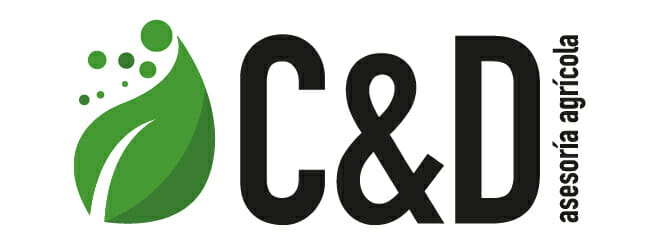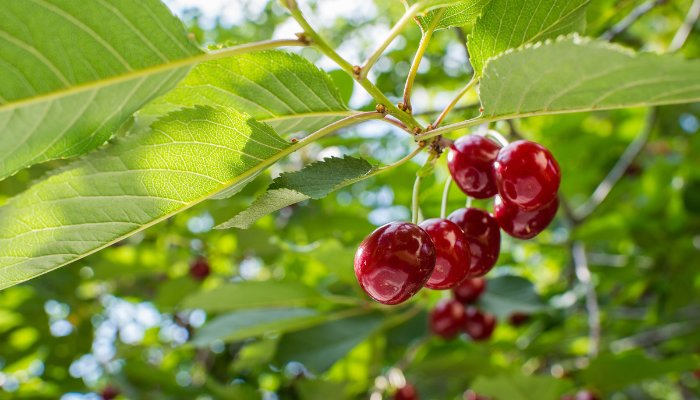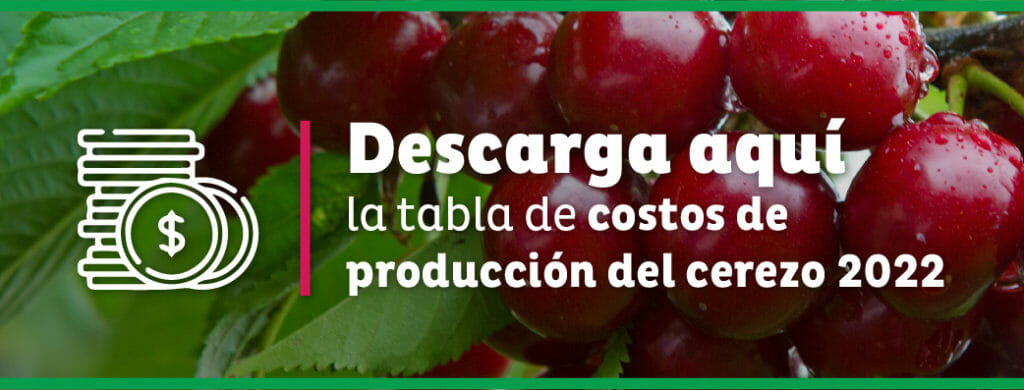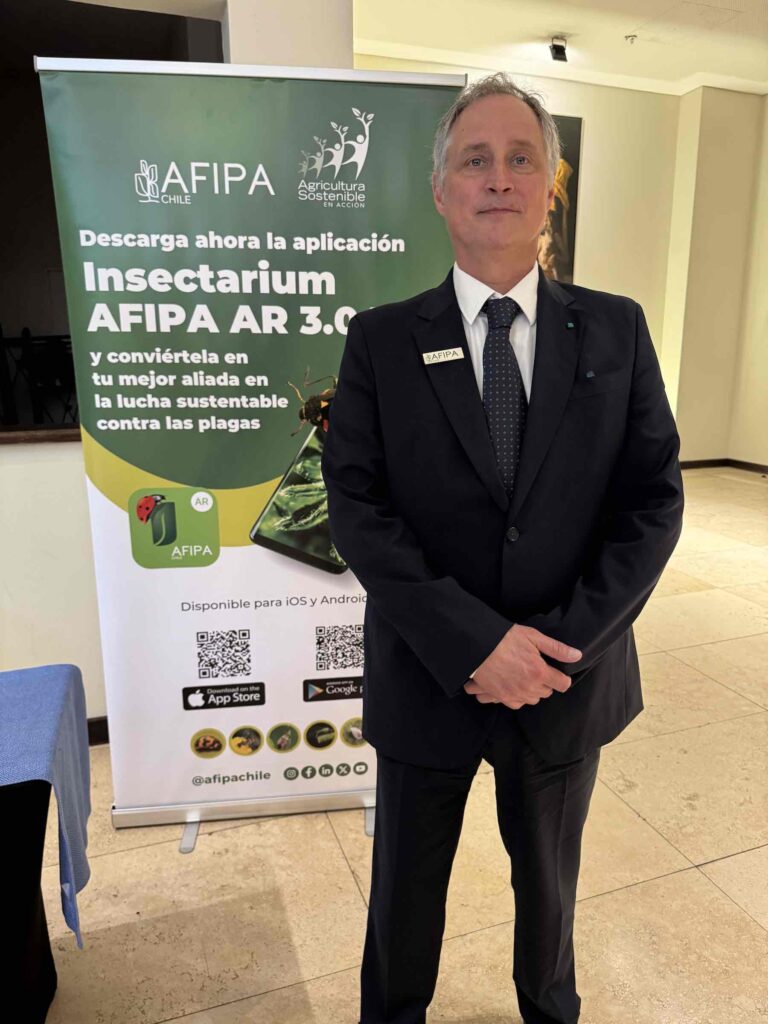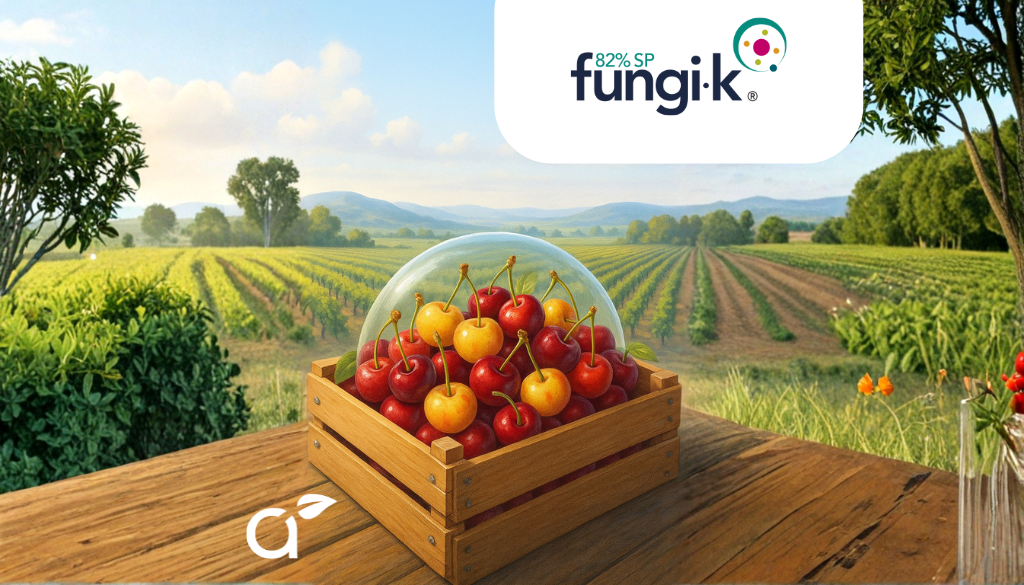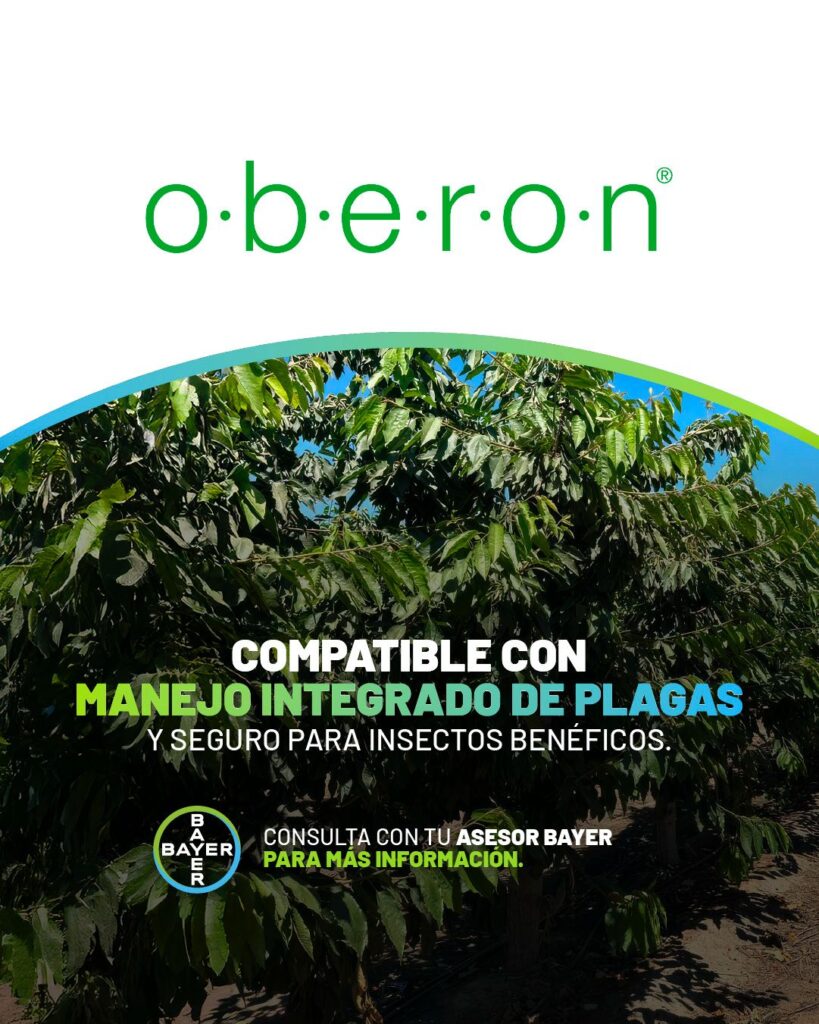Among the services that CyD Asesorías provides to different agricultural companies are accounting and remuneration services. With this information we generate reports in such a way that we can have detailed information on the production costs of each productive unit. With this, we generate KPIs (Key Performance Indicators) that allow us to compare and decide on different cost centers.
Among these indicators, the most commonly used are cost/hectare and cost/kilo. The second is often not taken into account, but if we think about it, farmers sell kilos, not hectares, therefore, although the cost of a hectare is relevant, the key seems to be cost/kilo. On the other hand, these two indicators can behave in opposite ways if production is good. (Table 2)
Costing is not an easy task, since the same rules are not always followed. The separation, for example, between what is considered administrative cost and direct cost is always debatable. On the other hand, inventory management and its subsequent costing to the different cost centers is a very difficult task to square and, in our experience, always ends with overpriced warehouses and poor costing. Likewise, the allocation of machinery costs, such as fuel and maintenance, often become part of large expense pools that are difficult to analyze. Added to this, costs that may not necessarily belong to the operation only mess up the numbers. Finally, we can end up with a set of a lot of data but that provide little information and do not allow analysis.
Over the last few years, we have sought to achieve correct costing, with the ultimate goal of achieving good indicators without abusing excessive allocations or wanting to control every last detail. What we have understood is that it is better to have rough but reliable numbers than excessive detail, where the probability of incorrect allocation increases.
For this, it is important to define simple allocation criteria, designate those responsible for allocation, define sufficient cost centers and simple but useful accounting accounts. In the same way, the allocation of labor must have a limited detail and not hundreds of tasks, which at the end of the day no one will review.
We have collected cost information from different farms, with different varieties, training systems, phytosanitary programs, productions, etc. We know that there are different realities that make comparison difficult, so we have created a simple table with the main production costs, giving minimum and maximum ranges, so that it serves as a guide to compare their indicators.

Due to the variability of the exchange rate in recent years, we decided to make the table in Pesos, with a TC of 800, adding only the value of the Phytosanitary products in dollars. In addition, we considered an average production of 12,000 gross kilos.
In order to exemplify the behavior of the KPIs at different productions, we created the following table:

As we can see, as production increases, costs/kg decrease, so it is essential to carry out all the practices that are focused on increasing production. Here, it will be the job of each producer and advisor to include only those practices that are truly validated and deliver real increases, otherwise, only increases in the KPIs will be achieved.
Until not many years ago, cherries had margins that allowed for all kinds of costs and, what is worse, they allowed for maintaining orchards with very low production. The adjustment in sales prices in recent years has caused many farmers to look more closely at their costs, questioning their work and looking for ways to be more efficient. It is time to use all the tools to increase orchard production and improve the quality of the fruit, since the best way to reduce the cost per kilo is by increasing production (of good quality).

